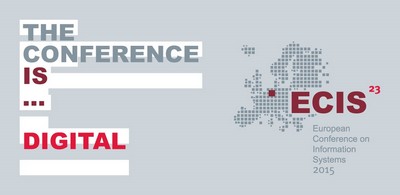Abstract
The conjecture that all innovations are radical new ideas is flawed. In fact, for the most part in-novations are recombinations of existing concepts, that is, so-called ‘remixes’. However, crea-tors, inventors, artists, and companies are usually reluctant to disclose their sources of inspira-tion for fear of possible copyright infringements. As a consequence, it has traditionally been al-most impossible to pin down in retrospect where innovations actually come from. In the present paper, we consider Thingiverse, the world’s largest 3D printing community, to shed light on the question of how existing ideas are remixed into new ones. Thingiverse allows creators to up-load, publish, and share 3D designs. In doing so, the users are encouraged to use open licenses that allow others to build upon their designs. Furthermore, they are asked to explicitly expose the original sources of their designs. We employ methods from network analysis to select, pro-cess, and visualize these remix relationships in order to create a family tree of designs. Moreo-ver, the study analyzes patterns of remixes that explain how creators build upon existing de-signs. In total, we identify ten distinctive remix patterns, which contribute to our theoretical un-derstanding of innovation phenomena and support practitioners in the establishment of struc-tured innovation processes.
Recommended Citation
Wirth, Marco; Friesike, Sascha; Flath, Christoph; and Thiesse, Frédéric, "Patterns of Remixes or Where Do Innovations Come from: Evidence from 3D Printing" (2015). ECIS 2015 Research-in-Progress Papers. Paper 57.
ISBN 978-3-00-050284-2
https://aisel.aisnet.org/ecis2015_rip/57


